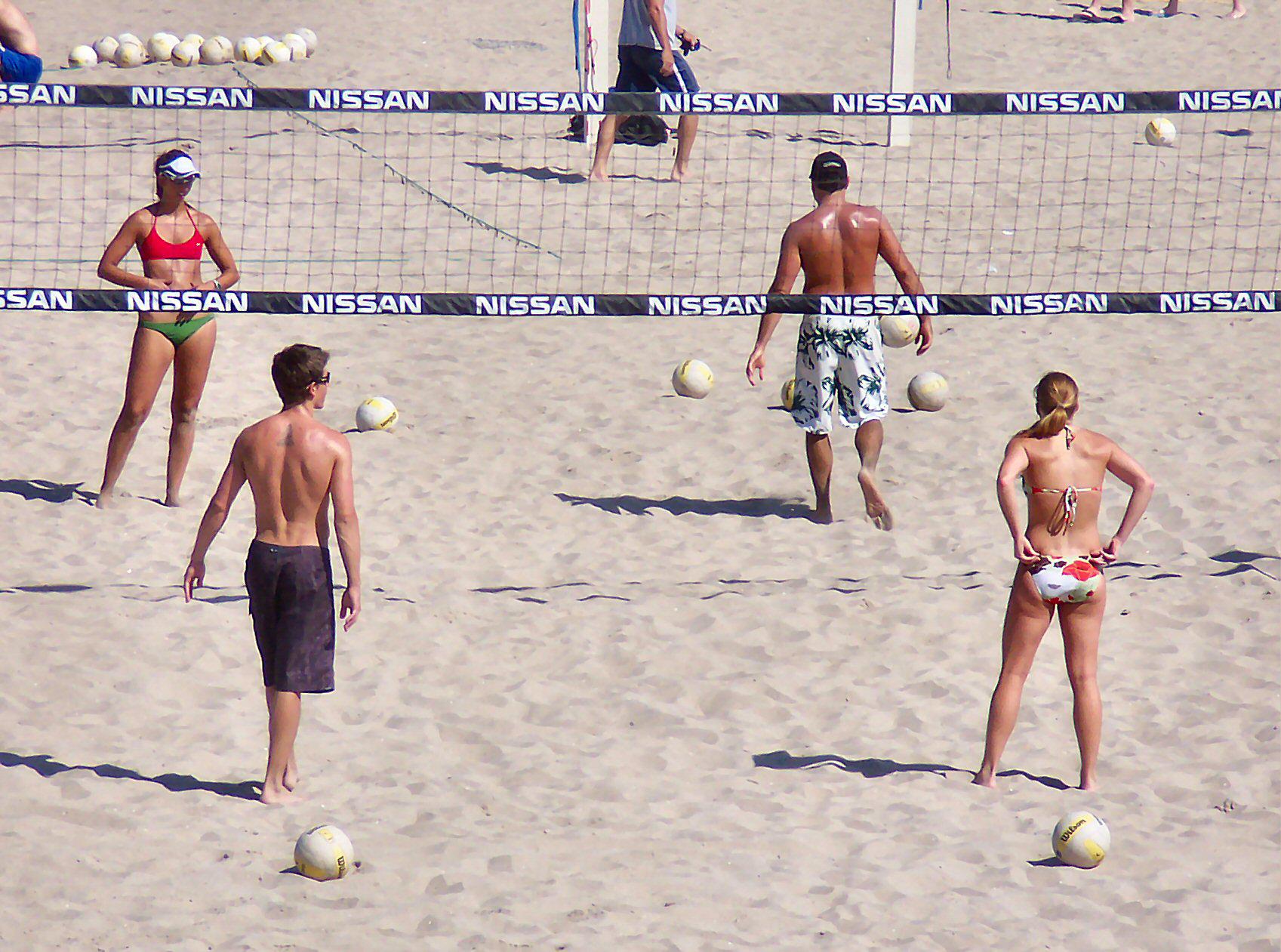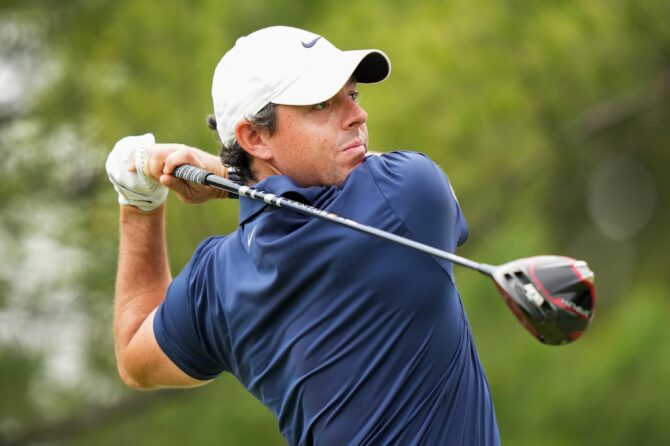Professional golfer and renowned coach reveals his first-hand insights after observing hundreds of amateurs on the greens. Despite varying skill levels, striking patterns emerge, highlighting common mistakes that can hinder improvement. This article delves into the specific errors often made by amateurs, providing practical tips and expert advice to help golfers refine their game.
– Amateur Golfers Beware: Common Mistakes That Cost You Strokes

Tee Time Woes
Teeing up is a critical step in the game, but amateur golfers often make costly mistakes. According to our expert, common blunders include teeing the ball too low, which hinders distance and accuracy. Furthermore, teeing it too high can cause a lack of control and a higher likelihood of topping the ball.
Imperfect Putting
Putting is a crucial part of the game, but many amateurs struggle with it. One common mistake is not reading the greens properly. Understanding the slope and speed of the greens is essential for making accurate putts. Additionally, amateurs tend to hit their putts too hard, leading to them overshooting the hole.
Sloppy Swings
Amateur swings are often plagued by inconsistency and poor technique. The most prevalent issue is rushing the swing. Taking the time to address the ball, set up correctly, and execute a fluid swing can significantly improve both distance and accuracy. Another common mistake involves swaying too much during the swing, which can drastically affect swing path and ball direction.
Lack of Course Management
Course management is often overlooked by amateur golfers. Not understanding the course layout and choosing suitable clubs for each shot can lead to squandered strokes. Additionally, failing to consider hazards and wind conditions can result in unnecessary penalties and lost shots.
– Sloppy Swings and Poor Course Management: Pitfalls of Amateur Golf
Sloppy Swings: A Bane of Amateur Golfers
Flailing swings, jerky motions, and inconsistent ball contact are telltale signs of an amateur golfer’s struggle. Proficient swings require a combination of proper technique and muscle coordination, both of which can be elusive for recreational players. The lack of practice, combined with the desire to hit the ball hard, can lead to erratic and ineffective swings. Amateurs often resort to excessive arm action or jerky wrist movements, compromising both accuracy and distance.
Poor Course Management: Leading to Unnecessary Strokes
Beyond technical deficiencies, poor course management can severely hamper an amateur’s performance. Impulsive decision-making and a lack of strategic planning can result in costly strokes. Amateurs may opt for aggressive shots off the tee, jeopardizing their position or landing in hazards. Failure to survey the course for obstacles and wind conditions also leads to poor club selection and missed opportunities. Understanding the course layout, considering conditions, and choosing the appropriate shots are essential for effective course management.
| Amateurish Mistake | Consequences |
|—|—|
| Hitting into water hazards | Lost strokes and frustration |
| Using the wrong club | Ineffective shots and wasted distance |
| Ignoring wind conditions | Inaccurate approach shots |
| Failing to consider course layout | Poor shot placement and extra strokes |
| Playing too aggressively | Reckless shots and penalized strokes |
Lack of Patience: Hindering Improvement
Patience is a virtue sorely lacking among many amateur golfers. Eagerness to improve can lead to excessive practice without breaks, fostering exhaustion and diminishing effectiveness. Taking time to rest, analyze swing mechanics, and recover physically is essential for long-term improvement. Additionally, amateurs tend to lose focus after setbacks, abandoning their preferred strategies or giving up on challenging shots prematurely. Cultivating patience allows golfers to remain composed, learn from mistakes, and maintain their focus throughout the game.
Remedies for Amateur Pitfalls: A Path to Improvement
Overcoming these pitfalls requires conscious effort, consistent practice, and a willingness to learn. Golfers can seek guidance from qualified instructors to refine swing mechanics, improve course management skills, and cultivate mental fortitude. Emphasizing technique over power, utilizing proper club selection, and embracing strategic thinking can transform amateur games. Most importantly, embracing patience and perseverance will enable golfers to overcome obstacles, develop a more controlled and effective game, and ultimately elevate their golfing experience.
– Lessons from a Pro: Essential Swing Tips for Amateurs
Incorrect grip: Holding the club too tightly or with an improper grip can hinder your swing. Ensure your grip is relaxed, with your hands forming a “V” shape that points to your right shoulder.
Improper stance: A proper stance provides stability and balance for your swing. Stand with your feet shoulder-width apart, knees slightly bent, and spine straight. Imagine a line connecting your ankles and shoulders, parallel to the target line.
Lack of head control: Keeping your head down throughout the swing is essential for maintaining balance and accuracy. Avoid tilting your head up or down, as this can throw off your alignment.
Taking your eyes off the ball: Your focus should always be on the ball throughout the swing. Glance away, even momentarily, can disrupt your timing and lead to inaccurate shots.
| Mistake | Consequence |
|—|—|
| Incorrect grip | Reduced clubhead speed and accuracy |
| Improper stance | Loss of balance and stability |
| Lack of head control | Inconsistent contact and poor ball-striking |
| Taking your eyes off the ball | Loss of focus and erratic shots |
– Mastering the Mental Game: A Guide for Amateurs
Mastering the Mental Game: Amateurs’ Common Mistakes
A seasoned professional golfer, who has played alongside countless amateurs, shares his insights into their common pitfalls. He highlights several key mistakes that hinder their progress, emphasizing the importance of developing a strong mental game as a foundation for improvement.
1. Failure to Stay Positive
Amateurs often let their emotions get the best of them, dwelling on negative thoughts and setbacks. They may become discouraged by a few missed shots, losing focus and confidence. Staying positive, on the other hand, allows players to maintain composure, bounce back from adversity, and approach the game with a more optimistic mindset.
2. Lack of Concentration
Many amateurs struggle with maintaining their concentration throughout the round. Their minds may wander, causing them to lose track of their shots and make poor decisions. Practicing mindfulness techniques, such as deep breathing and visualization, can improve focus and help players stay present in the moment.
3. Impatience and Haste
Amateurs often rush their shots, hoping to make up for lost strokes. This can lead to sloppy swings, missed putts, and further frustration. Waiting for the right moment to play and executing shots with patience and precision can improve accuracy and consistency.
| Mistake | Consequence |
|—|—|
| Rushing shots | Sloppy swings, missed putts |
| Lack of concentration | Poor decisions, missed opportunities |
| Negative thinking | Discouragement, loss of confidence |
4. Lack of Game Management
Amateurs may not fully understand how to manage their game effectively. They may choose poor club selections, misjudge distances, or fail to account for course conditions. By studying the course and developing a strategy, players can optimize their performance and make better decisions on the fly.
Conclusion
To enhance one’s golf game, it is crucial not only to focus on improving skills but also to eliminate common pitfalls made by many amateurs. By addressing these mistakes and seeking guidance from experienced professionals, golfers can significantly elevate their game and unlock their true potential on the course. Through consistent practice and commitment to addressing these specific areas for improvement, golfers can make strides towards a more refined and ultimately more enjoyable golfing experience.





